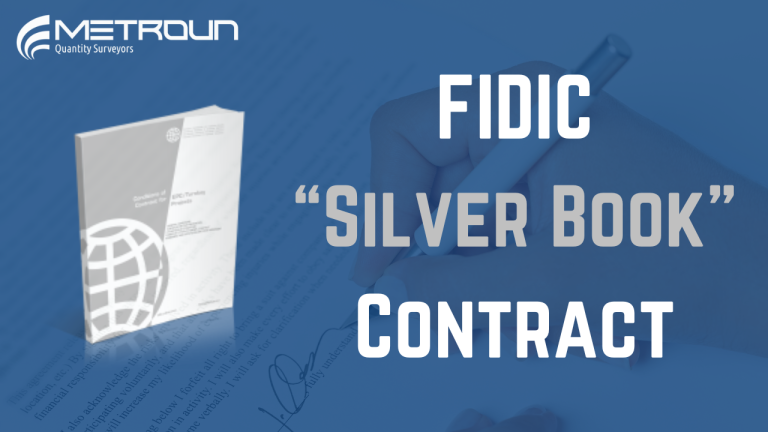In international construction, FIDIC contracts are widely recognised as a trusted standard for managing projects across different countries, legal systems, and languages. Among these, the FIDIC Silver Book formally known as the Conditions of Contract for EPC/Turnkey Projects holds a distinct place. It’s designed for situations where the client’s top priorities are a fixed final price and a guaranteed completion date.
Originally published in 1999 and revised in 2017, the Silver Book was created to meet a clear industry need: a contract that gives clients a fully operational facility, with most of the risk shifted to the contractor. This post is based on a FIDIC paper titled “Turnkey contracting under the FIDIC Silver Book: What do owners want? What do they get?”.
What is Turnkey or EPC Contracting?
At its core, a turnkey contract is straightforward: the contractor is responsible for everything, design, procurement, and construction and hands over a complete, functioning facility at the end. Jonathan Hosie describes it well: “Turnkey, in principle, means a contract whereby the contractor provides whatever is necessary for a certain purpose.”
You might also hear the term “Lump Sum Turnkey” (LSTK), which captures the essence of the deal: the contractor agrees to deliver the project to a specific performance standard for a fixed price. The Silver Book uses “EPC” (Engineer, Procure, Construct) more or less interchangeably with turnkey, both highlighting the contractor’s all-encompassing responsibility.
What Sets the Silver Book Apart: Risk Allocation
What really sets the Silver Book apart from other FIDIC contracts is how it handles risk. While most FIDIC contracts share risks more evenly between the parties, the Silver Book places most of them firmly on the contractor’s shoulders, design, procurement, construction, and ensuring the final product performs as expected.
The biggest risk in any project is that it might not be completed on time, on budget, or to the required standard. Under the Silver Book, the contractor is meant to control all these aspects. In theory, that sounds simple. In practice, though, it’s rarely that tidy.
Hosie points out that in large, complex projects involving many specialist subcontractors, the idea of single-point responsibility can be difficult to achieve. There are also limitations, contractors often have to make key decisions with limited information.
The 2017 Update
The 2017 edition of the Silver Book keeps the same overall approach to risk but brings in several refinements to address fairness and clarity. These include:
- Stronger dispute resolution tools, like the Dispute Avoidance/Adjudication Board (DAAB)
- Clearer rules around performance security and claims
- Improved force majeure clauses
There’s also more emphasis on testing, commissioning, and handover. That makes sense, especially in projects funded by project finance, where performance is critical.
A Delicate Balance
The Silver Book gives clients something they often want more than anything else: certainty. But that certainty has a cost. Contractors, taking on more risk, will charge accordingly. In high-stakes projects like power stations or major infrastructure, it’s often a price worth paying.
Still, the big question remains: do clients really get the full turnkey package they imagine? Often, the answer is more complicated. The Silver Book is a powerful contract, but its success depends on how well everyone involved understands its strengths, and its limits.










